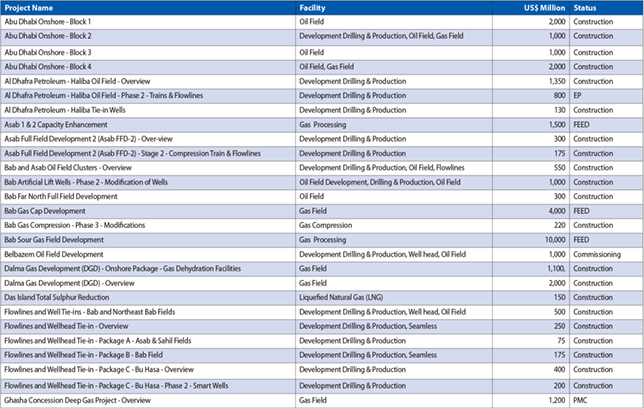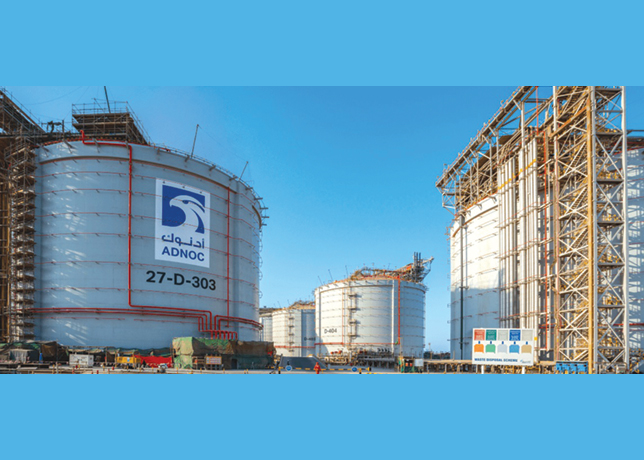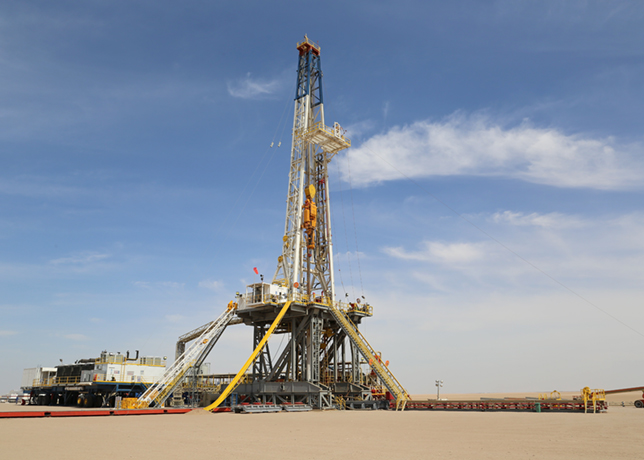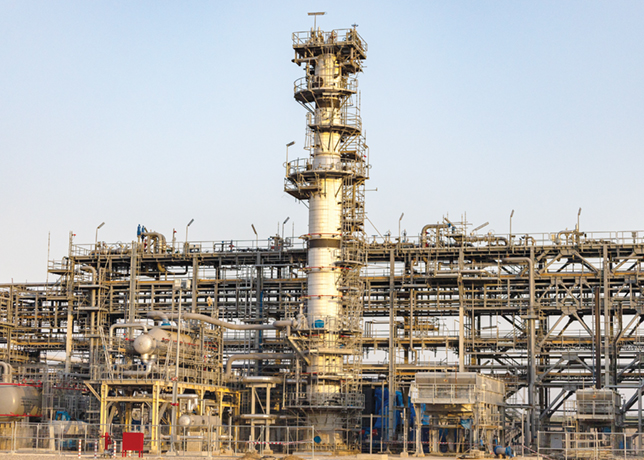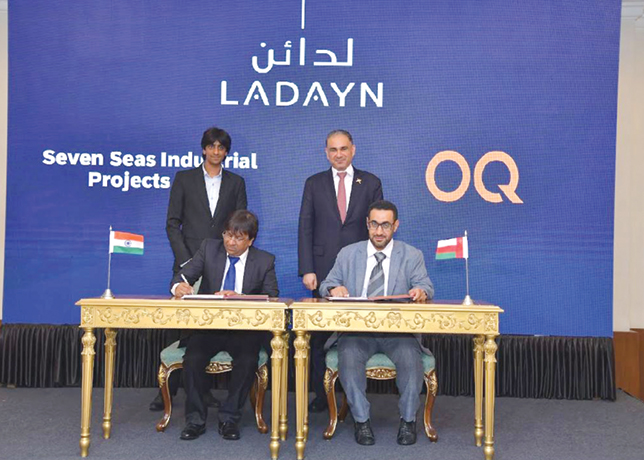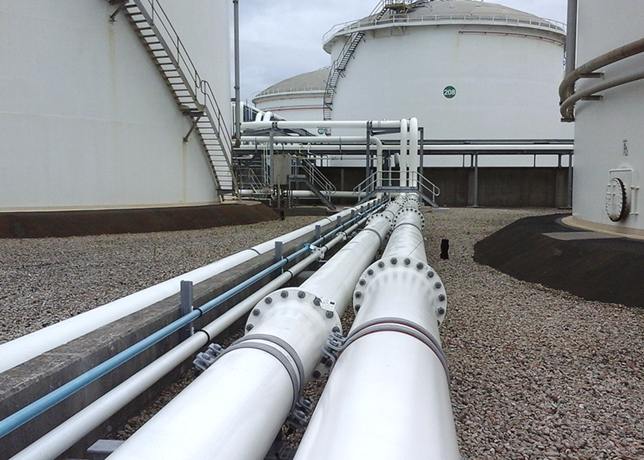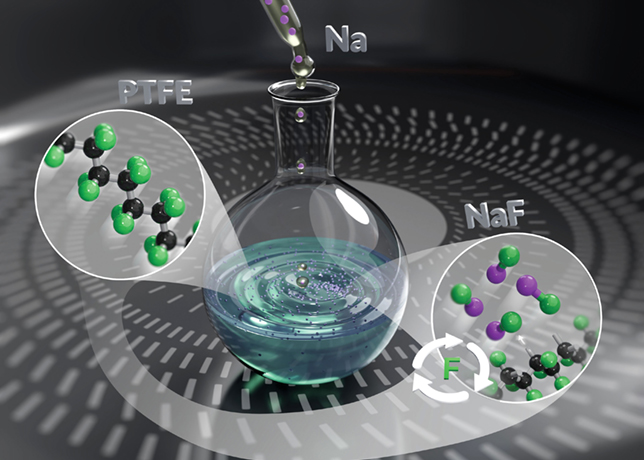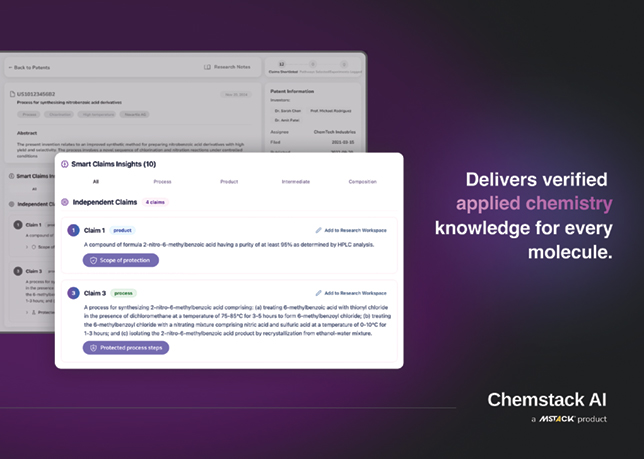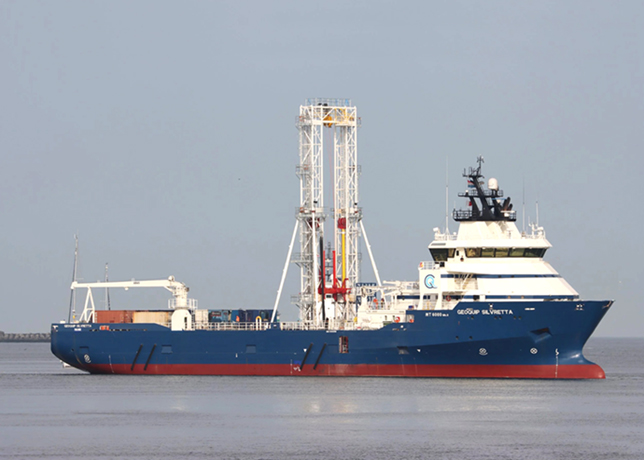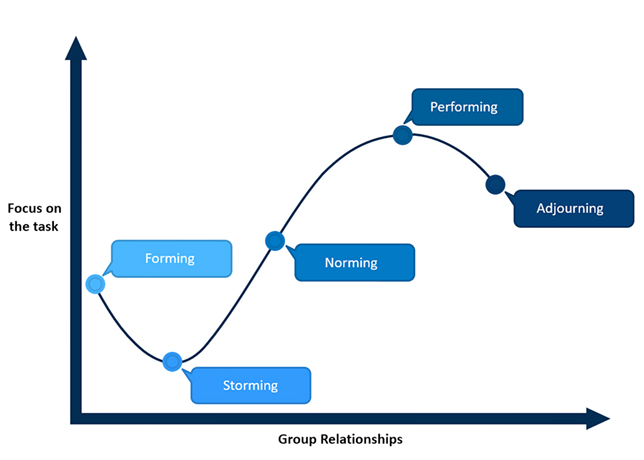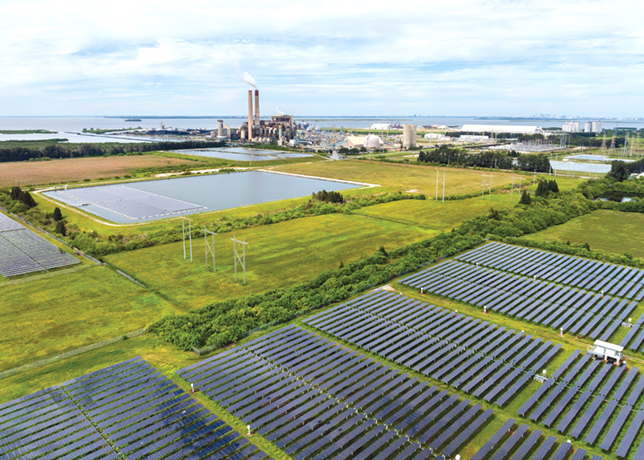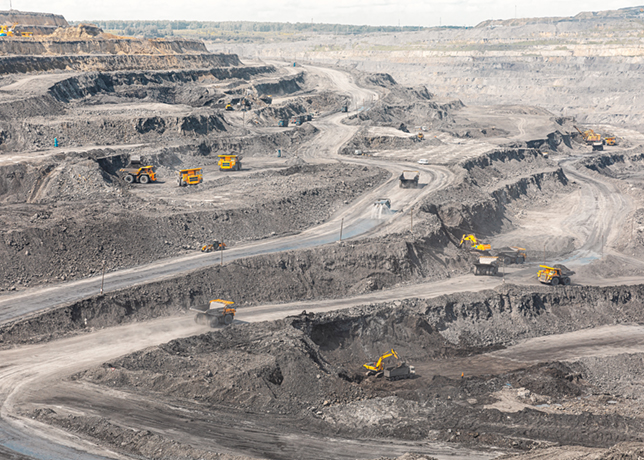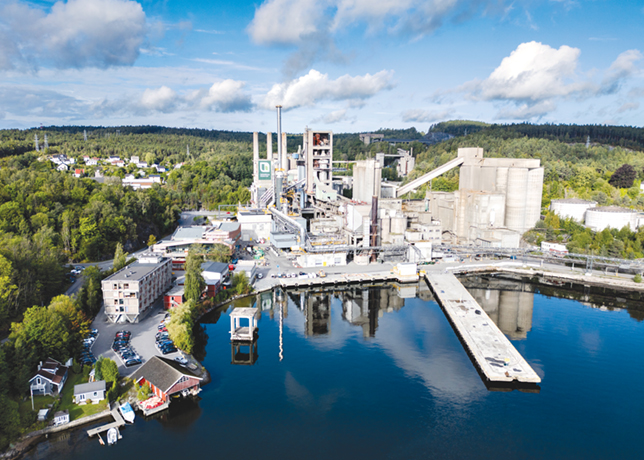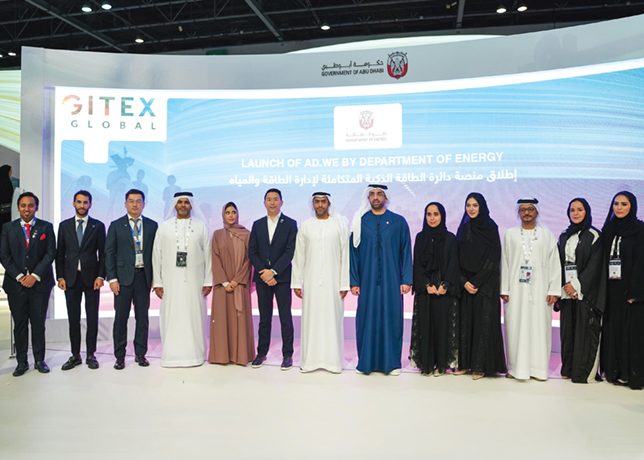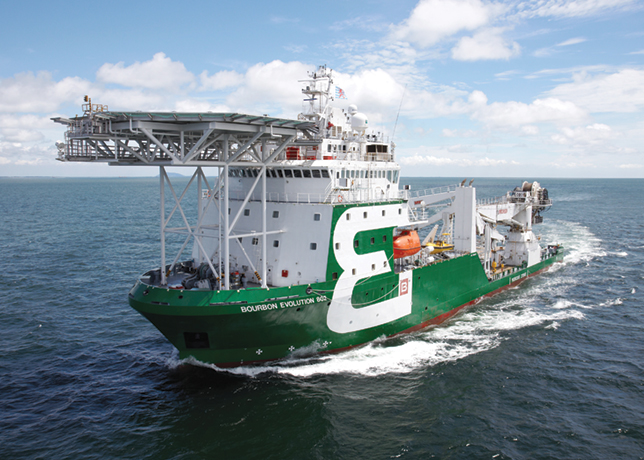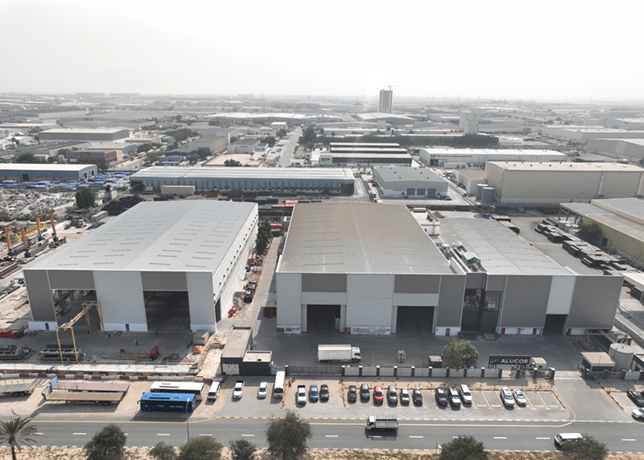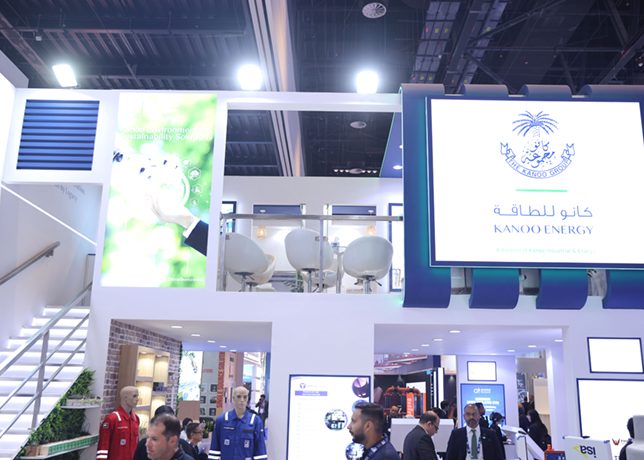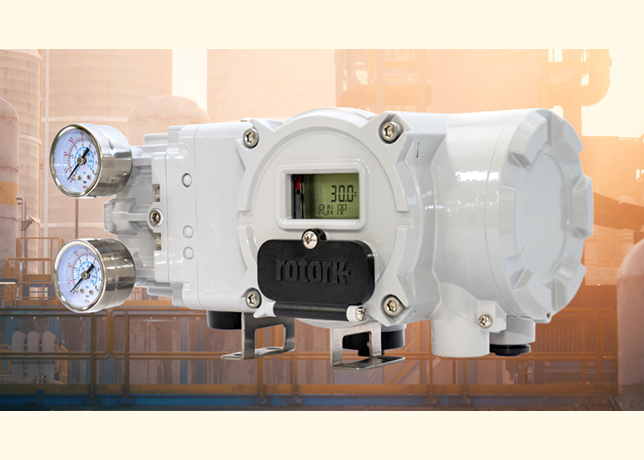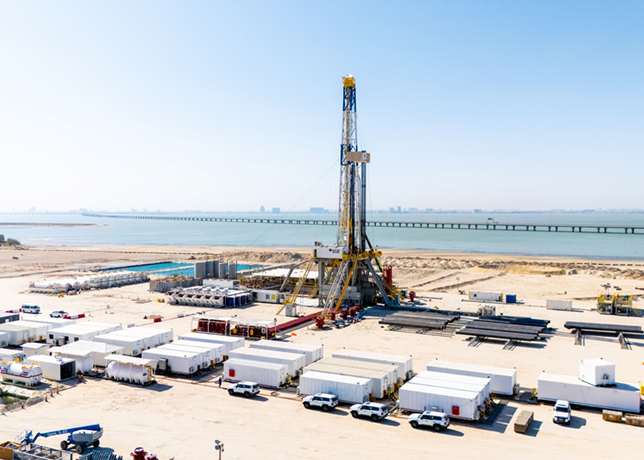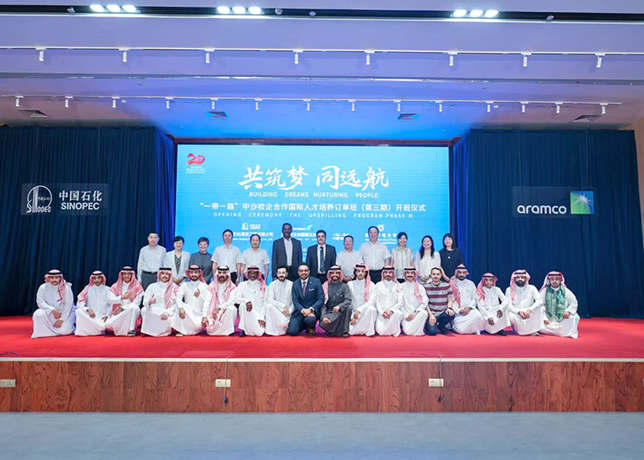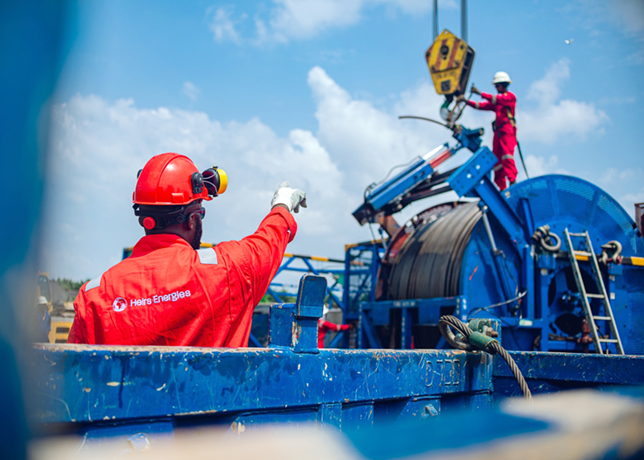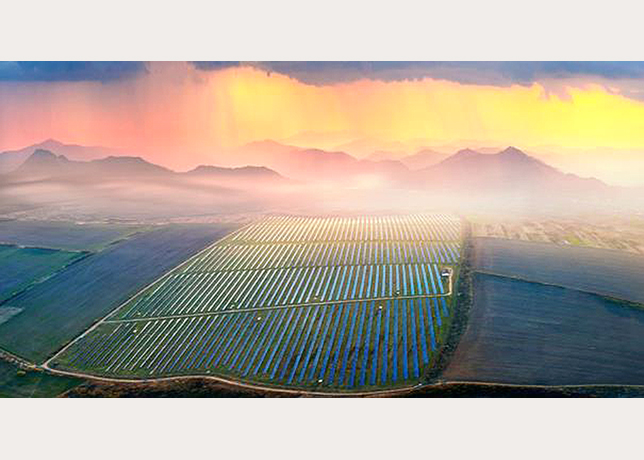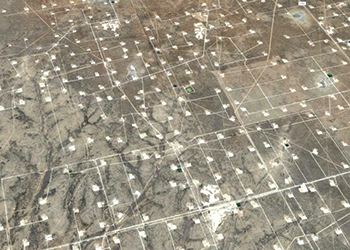
 The Permian Basin region of West Texas
The Permian Basin region of West Texas
A first-of-its-kind network of sensors for monitoring emissions across an oil and gas production region may soon revolutionise the way methane leaks are found, say researchers at The University of Texas at Austin
The United States has become the world’s largest producer of natural gas and a major exporter. However, methane, the main constituent of natural gas, has a role as a greenhouse gas in climate warming.
A new partnership led by researchers at The University of Texas at Austin and bringing together Environmental Defense Fund, ExxonMobil, Gas Technology Institute (GTI) and Pioneer Natural Resources Company, aims to demonstrate a novel approach to measuring methane emissions from oil and gas production sites, using advanced technologies to help minimise releases into the atmosphere.
The collaboration, named Project Astra, will establish a sensor network that will leverage advances in methane-sensing technologies, data sharing and data analytics to provide near-continuous monitoring.
A potential application of the sensor network is to allow producers and regulators to find and fix significant methane releases at or below the cost of current monitoring technologies, many of which measure emissions only on an annual or semi-annual basis.
"Project Astra is an ambitious and innovative collaboration to develop comprehensive, continuous monitoring of methane emissions, a potential new capability that can be achieved with industry-wide participation," says Staale Gjervik, Senior Vice-President of Unconventional at ExxonMobil.
The first phase of network development, which will test a wide range of methane sensing technologies and assess their ability to operate autonomously, will be conducted in the Permian Basin region of West Texas. The full network will be designed in virtual reality, using a simulation of oil and gas production in greater West Texas.
The simulation, created at UT Austin, will model minute by minute the concentrations of methane and other components of natural gas that would be expected in the atmosphere under normal operations and when unintended emissions are present.
This simulated atmosphere, to be completed by the end of 2020, will be used to identify the types and locations of methane sensors that would be most effective in collecting data. It will also be used to evaluate methods for analyzing the sensor data to locate unintended emissions.
"This project has incredible potential and will open new pathways for companies to find and reduce methane emissions from the more than 1 million existing oil and gas wells in the United States," says David Allen, Lead Investigator on the project, Professor of Chemical Engineering at UT Austin and Director of the Cockrell School of Engineering’s Center for Energy and Environmental Resources.
"Cost-effective, high-frequency monitoring for these assets will require innovative and disruptive techniques. The goal of Project Astra is to design, develop and deploy a prototype, next-generation monitoring network."
The project team will release the simulated data set as the basis for a Digital Methane Challenge — an initiative funded by UT Austin’s Energy Institute with the goal of catalysing innovation in network designs. The findings and analyses of the project, which will be published in peer-reviewed journals and made publicly available, could help guide how companies, states and the federal government measure, monitor and manage methane emissions in the future.
"Reducing methane emissions is a serious issue, requiring much faster and more aggressive industry action. Continuous detection could be a game changer for the entire industry to eradicate methane emissions – and for policymakers to have the data needed to verify those reductions," says Matt Watson, Energy Vice-President at Environmental Defense Fund.



